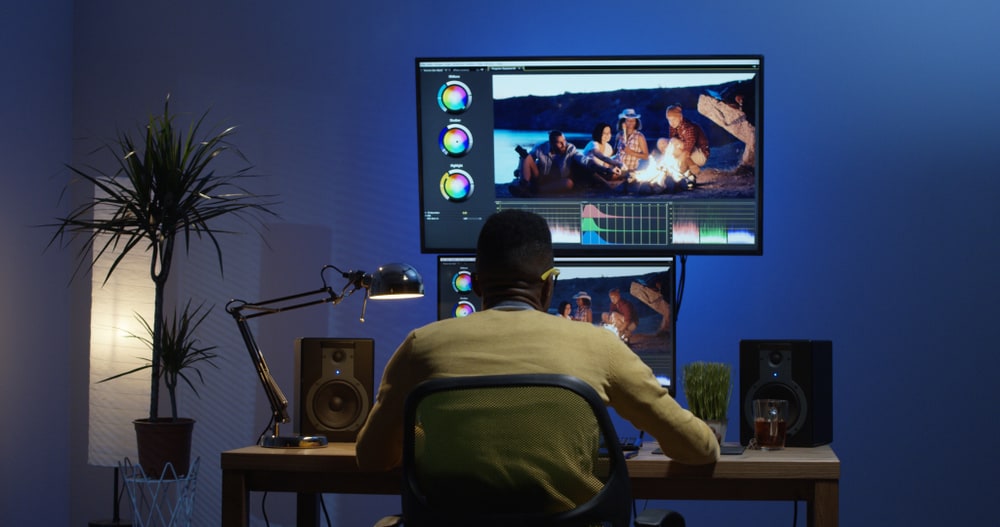If the above examples are continuity editing, what is discontinuity editing? There are ways in which Directors and Editors break the rules and never lose the attention of their audience, the most popular being the montage and the jump cut.
A montage is a way to get story points across without worrying about seamless continuity. For example, a woman gets dressed for a party — we see her swipe lipstick across her lips, we see her zip up a sparkly dress and we see her slip on her glittery shoes.
Each image tells a piece of the story, but none are a direct match. A montage can also take us over a period of time, like the famous Rocky montage, in which we see our hero train for his big fight.
The other technique is the jump cut. A jump cut is usually an edit within the same take (or same camera angle). Let’s use our gal getting ready for a party as an example. The camera catches her in one take at the mirror.
The camera doesn’t move and runs while she combs her hair, ties it up, puts on a hat, etc. Rather than let the footage run in real-time, an Editor can use a jump cut – that is, cut out pieces in between each of these actions – to highlight the things we should pay attention to or create an emotion.
A movie is nothing more than an illusion and Editors are magicians. Continuity errors are unavoidable, so the job of the Editor is to get the viewer engrossed in the story so they aren’t bored enough to spot the errors. If an audience is emotionally engaged, they won’t even notice. It truly is sleight of hand.
